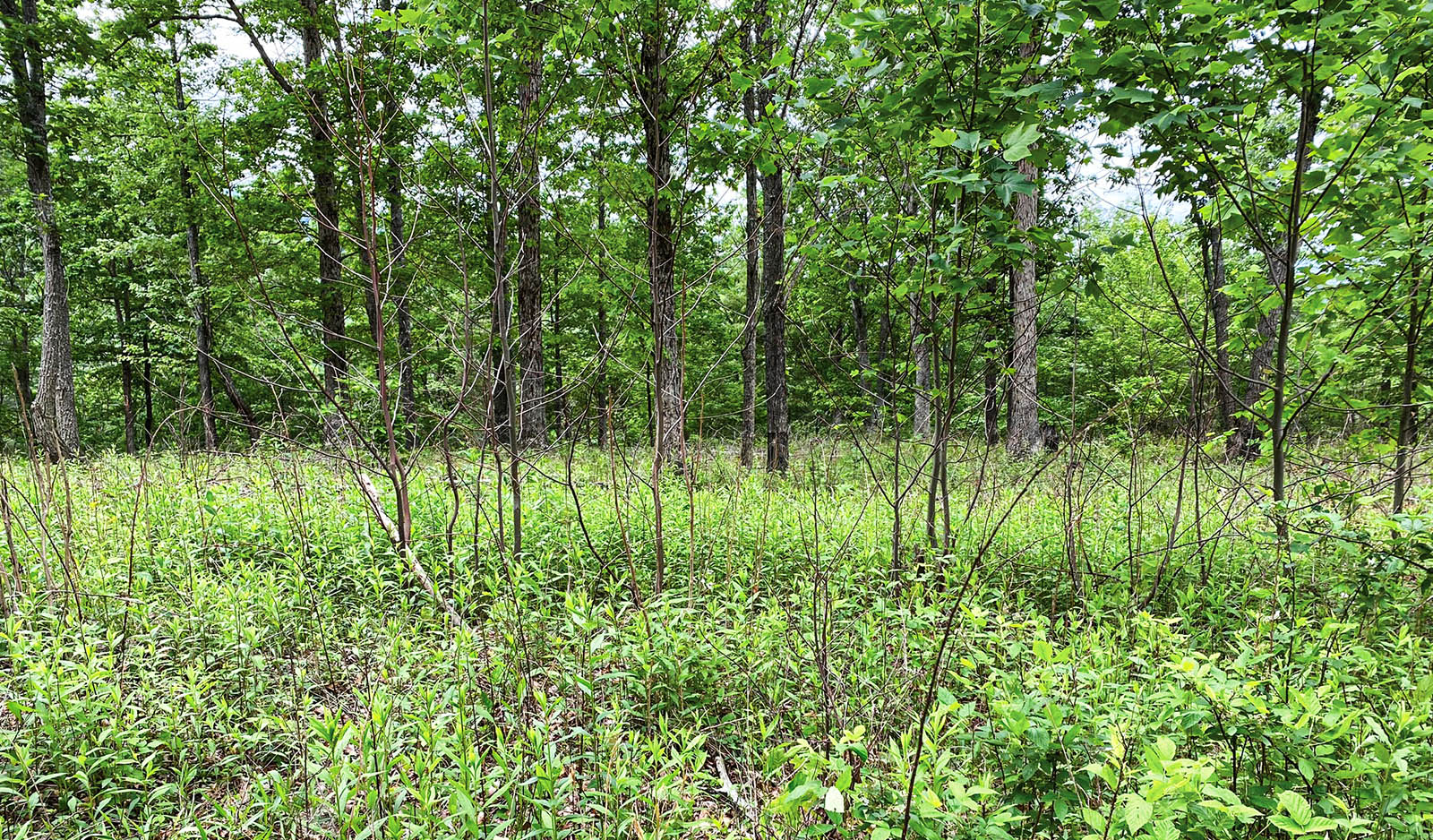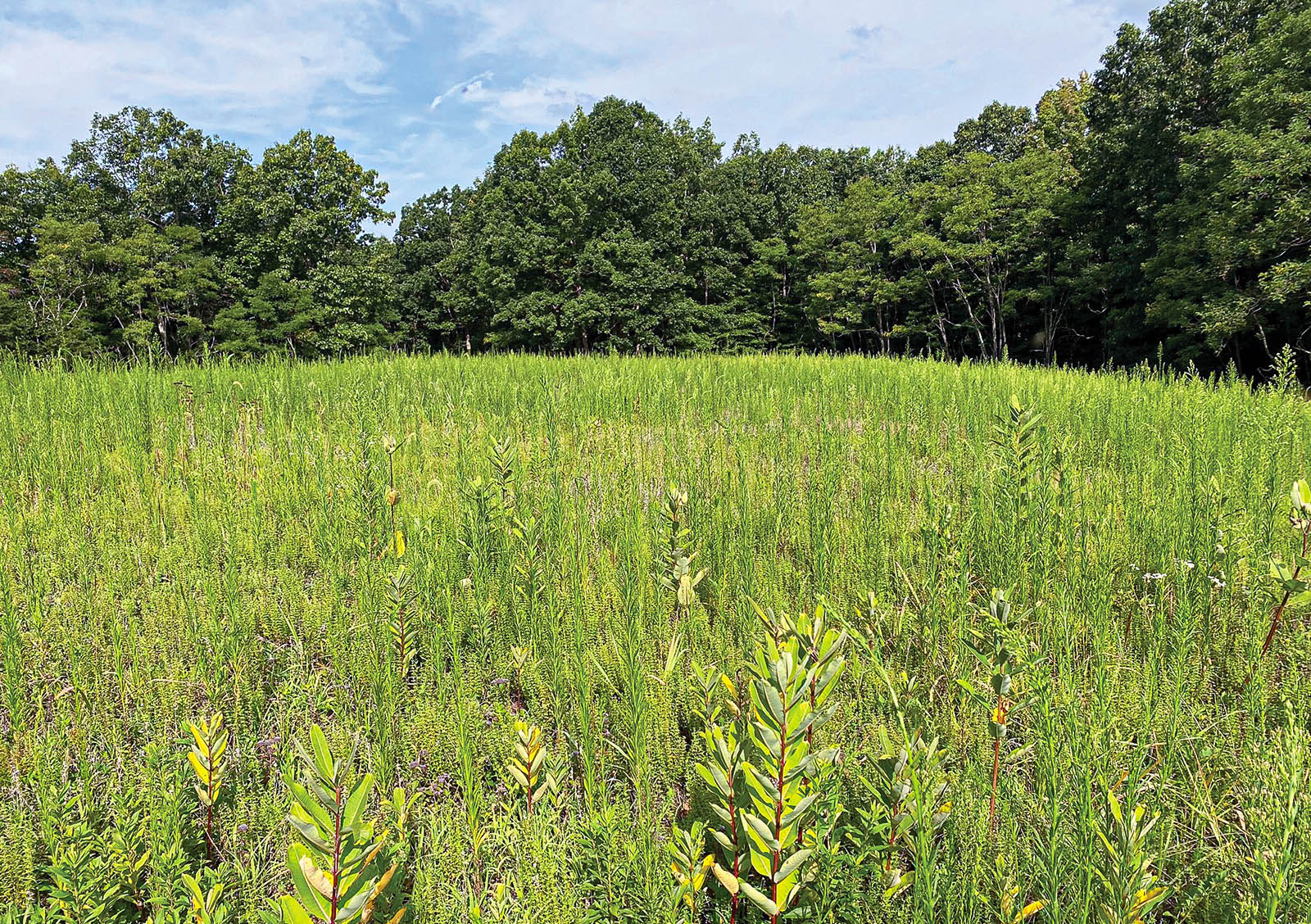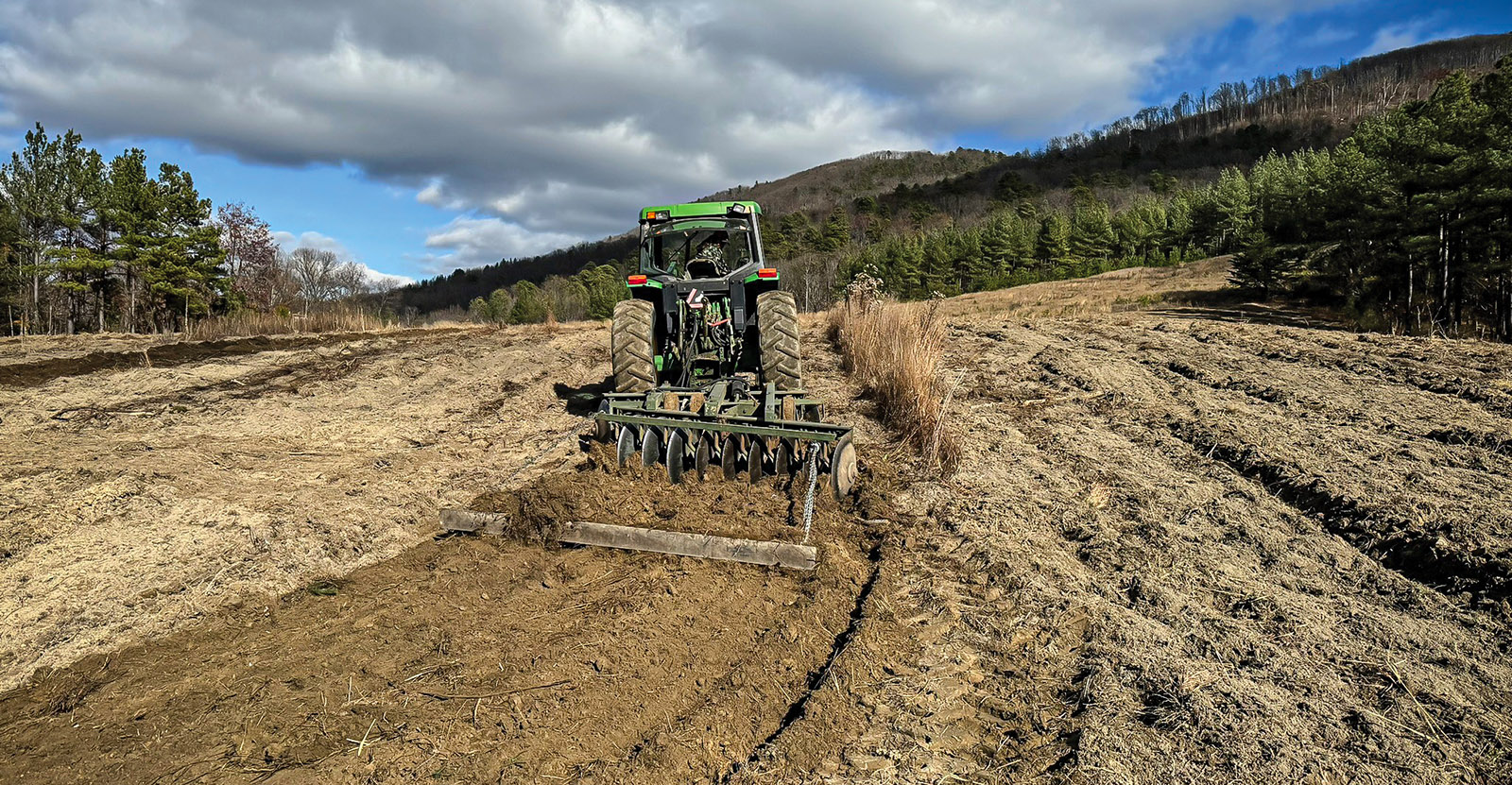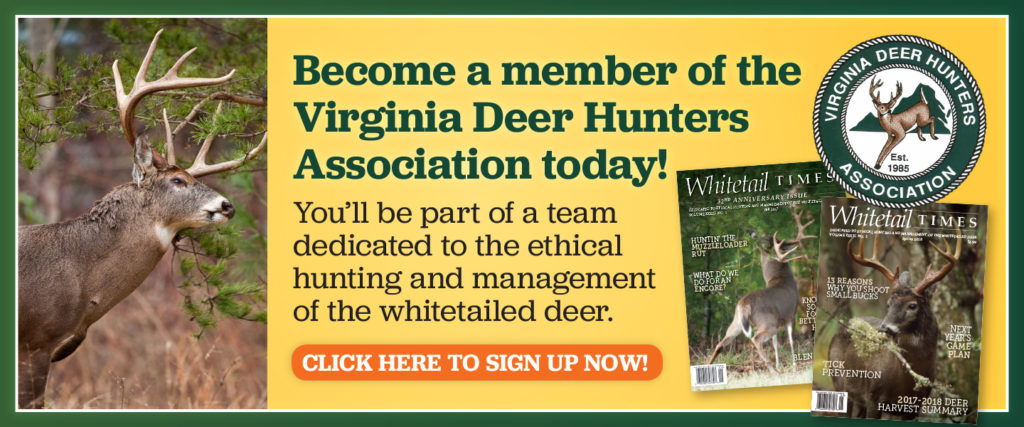Genetics vs Nutrition: What Research Shows
By Jon Cooper for Whitetail Times
Photos by Jon Cooper
Wildlife biologists agree that the three things essential for maximum body weight and antler growth in free-ranging white-tailed deer are age, genetics, and nutrition. Numerous studies have been done that bring us to what science has shown and what impact your deer management plan can have!
Eric Michel, current Elk and Deer Project Leader at Minnesota Department of Natural Resources (MDNR) and former Mississippi State University (MSU) graduate student, proved in a research project while obtaining his PhD that not only are bucks what they eat, but they are also what their parents and grandparents ate. Michel’s research set out to find the reason—genetics or nutrition—for the vastly differing body mass and antler sizes across the state of Mississippi. It’s a terrific study that I encourage every landowner and manager to dive into. Below are the cliff notes.
In a cooperative research project between the Mississippi Department of Wildlife, Fisheries, and Parks and the MSU Deer Lab, Michel and other biologists captured pregnant females from three drastically different regions within the state: the Delta (biggest body and antler sizes), Thin Loess and Lower Coastal Plains (smallest body and antler sizes) soil regions. The deer were brought to the MSU Deer Lab captive facility.
In the wild, deer from the Delta region are on average 41 pounds heavier and 25 inches larger than bucks in the Lower Coastal Plains, according to the study. The one simple factor that Michel could control in the captive facility—nutrition. The offspring were all raised on an optimum diet that would allow deer to express their full genetic potential. Deer from the different regions were all fed the same diet, and they were separated by region. Each fall, Michel measured body and antler sizes for regional comparison.
The first-generation offspring—facility-born fawns from wild does—showed that at 3 years of age, body weights from the Delta and Thin Loess increased by nine pounds each, while the Lower Coastal Plains (viewed as inferior genetics) remained unchanged. Antler score, however, was different. Delta bucks didn’t change, while Thin Loess and LCP bucks increased seven inches when compared to their wild predecessors.
Second-generation—offspring of the first generation—results were jarring. LCP bucks, viewed as genetically inferior, grew body weights equivalent to Delta wild bucks, viewed as the gold standard, and put on a whopping 28 inches (32 percent improvement) of antler compared to their wild predecessors. Based on the growth rate, LCP bucks would score about 122 inches at three years old and 147 inches at 6 years old.
This research shows that after just two generations, the “genetically inferior”-viewed deer in the Lower Coastal Plains had the same body weight as the wild “gold standard” Delta deer. If that’s not enough, the LCP bucks’ antlers surged in size and scored more than wild Delta bucks. This is all due to nutrition, not genetics. Individual deer inherit genes from their parents, and nutrition allows the individual deer to express their full potential.
Habitat quality experienced by the parents and grandparents of the buck are equally as important as the environment the buck experiences in his lifetime. Deer antler sizes and body mass are limited based on the environment it lives in. So, it’s highly likely you don’t have a genetic problem on your property. You have a nutrition problem.
What Do Deer Eat?
Deer are concentrate selectors and select many different types of forage on the landscape. From spring through fall, however, deer eat about six to eight percent of their body weight per day in green forage and browse. So, for example, a 150-pound buck eats nine to 12 pounds of forage daily during the growing season. That’s a staggering number, but it’s a requirement for bucks growing antlers and for lactating does.
Now, think about how many deer your property has and how many pounds of forage are available. It’s likely that in order to create that much forage on the landscape, it has to be radically disturbed. That’s the same conclusion I came to. Enhanced habitat creates a healthier deer population that has larger antler growth, body mass potential, and higher fawn recruitment rates. Another study of pen-raised deer gives us an indication of what the nutritional requirements are needed to maximize antlers, body weights and recruitment.
According to research, bucks 4 years old that consumed eight percent protein diet had antlers 20 inches smaller than bucks consuming 16 percent protein diet. Does also require more protein in their diet during the spring months to back pregnancy and lactation.
When discussing nutrition, food plots get all the love. Food plots are great, and I’m certainly an advocate for them, both for nutrition and hunting opportunities. However, managing the native landscape can open up thousands of more pounds of quality forage per acre, too. That’s how managers improve the whole herd.
The key is getting sunlight to the ground to create more forage for the deer herd. Native landscape “weeds” such as pokeweed (32 percent protein), common ragweed (17.8 percent protein), goldenrod (16.1 percent protein), wild lettuce (21.7 percent protein) and beggar’s lice (28.2 percent protein) are all capable of maximizing a deer’s nutritional requirements. Sadly, these plants are overlooked; however, they were on the landscape supplying nutrition for deer way before food plots ever existed.
How We Have Applied This Research (and You Can Too)
Research is terrific, but it does nothing for a manager unless he or she actually applies it. My family’s property in Botetourt has some of the poorest soils in the region. It’s a limiting factor. I just got tired of using it as an excuse as to why we can’t keep improving our deer herd. It’s an altogether rocky and acidic topographic landscape, making it expensive to plant quality food plots to the tune of $350 per acre. Even then, they are hit or miss much of the time. So, we’ve taken a drastically different approach to maximizing our native landscape and giving every acre a job to provide deer more native vegetation and nutrition.

The author harvested this 10-pointer in November 2023. The buck made a significant jump from ages 4 to 5 years old and was taken in the heart of the acreage that’s intensely managed.
Cutting Timber to Increase Sunlight
Our region is known for mature closed-canopy hardwoods. Little sunlight is hitting the ground, and the carrying capacity for deer is very low. We have a combination of clearcuts, 30 percent canopy reduction through thinning, 50 percent canopy reduction, and greater than 75 percent canopy reduction. Our goal has been to create as much diversity through managing our timber as we can. Some of these stands are regenerating naturally, while others are managed with low intensity fire depending on the goal of the particular unit in our overall plan. All of the acreage units, which vary in size from a few acres to 30 acres, fit together to create a larger habitat plan, but all of them serve a purpose and have a job to do.

This hardwoods stand was thinned several years ago in a logging operation. The stand had been burned with a low-intensity fire the previous growing season. Some of the hardwood saplings were terminated, while the retained over story trees were not harmed. The results were a flush of herbaceous deer forage and turkey brooding cover.
By removing forest canopy, we have created a whole bunch of sunlight hitting the ground. That sunlight adds understory structure, which provides food and cover. It can then be managed and maintained in perpetuity with fire.
Open Area Management
Our landscape has a couple of hundred acres of open areas and old fields that are managed for early succession vegetation. Early succession vegetation is fantastic for deer fawning, foraging and bedding. To maximize an early succession community, managers first have to terminate the non-native coolseason grasses, such as fescue. Once those have been killed, native vegetation will grow. Try to reduce the native grasses to 30 percent or less, which will allow for more forbs and shrubs. To maximize forage or cover in an old field, managers can create different fire return intervals, burning more frequently to manage for forage and less frequently to manage for cover.

This open area was dominated by fescue. The non-native perennial grass was sprayed after the first couple of hard freezes in the fall, and it was burned prior to spring green-up. The result is an early successional community that produces forage for deer and brooding cover for turkeys.
While fire is the most economical—and I’d argue the best—management technique, we also use a heavy offset disk to reset the vegetation and structure. An added bonus is that these areas create terrific brooding for wild turkey. If managers have more grasses than desired, a shot of a grass-selective herbicide, such as Clethodim combined with surfactant, can be used to reduce the grasses and encourage more forb growth.

Disking resets succession and maintains an herbaceous community, provides an open structure at the ground level and stimulates seed-bank germination. Disking also has been shown to reduce the density of native warm-season grasses. Fall or winter disking has shown to stimulate more forbs, while spring and summer disking have shown to stimulate more grasses.
Food Plots
Yes, we have food plots; however, they are a lesser part for us than for normal managers. If we had a larger budget, we would certainly look at planting more quality growing season food plots such as soybeans and cowpeas, etc. We’ve had success planting ladino clover to maximize spring green-up when bucks start to first grow their antlers. Ladino clover has around 17-27 percent protein, according to research. We’ve also had success in planting alfalfa and crimson clover, among others. Most of our food plots are planted in the fall for improved hunting opportunities. Regardless, we would never be able to manage our herd on food plots alone.
Control Your Expectations
There is one thing managers and landowners can control—expectations.
Land management is a way of life. As the research indicated above, two generations passed before significant improvements were seen. It’s likely that it’ll take eight to 10 years before the herd shows a markable increase—bigger body weights and antler sizes. Our landscape will never produce Boone and Crockett deer annually; I’m realistic about that. However, because of our work improving the landscape the last few years, bucks are making bigger jumps from ages 3 to 4 years and 4 to 5 years than we’ve seen previously. Harvested does also have more body fat than ever before.
Jon Cooper manages his family’s recreational property in Botetourt County and has a passion for habitat management. A life member of the Virginia Deer Hunter’s Association, Cooper serves on the Virginia Department of Wildlife Resources Board of Directors, along with being a director with the Appalachian Habitat Association.
©Virginia Deer Hunters Association. For attribution information and reprint rights, contact Denny Quaiff, Executive Director, VDHA.
Deleted: 
Legal Disclaimer:
EIN Presswire provides this news content "as is" without warranty of any kind. We do not accept any responsibility or liability for the accuracy, content, images, videos, licenses, completeness, legality, or reliability of the information contained in this article. If you have any complaints or copyright issues related to this article, kindly contact the author above.
